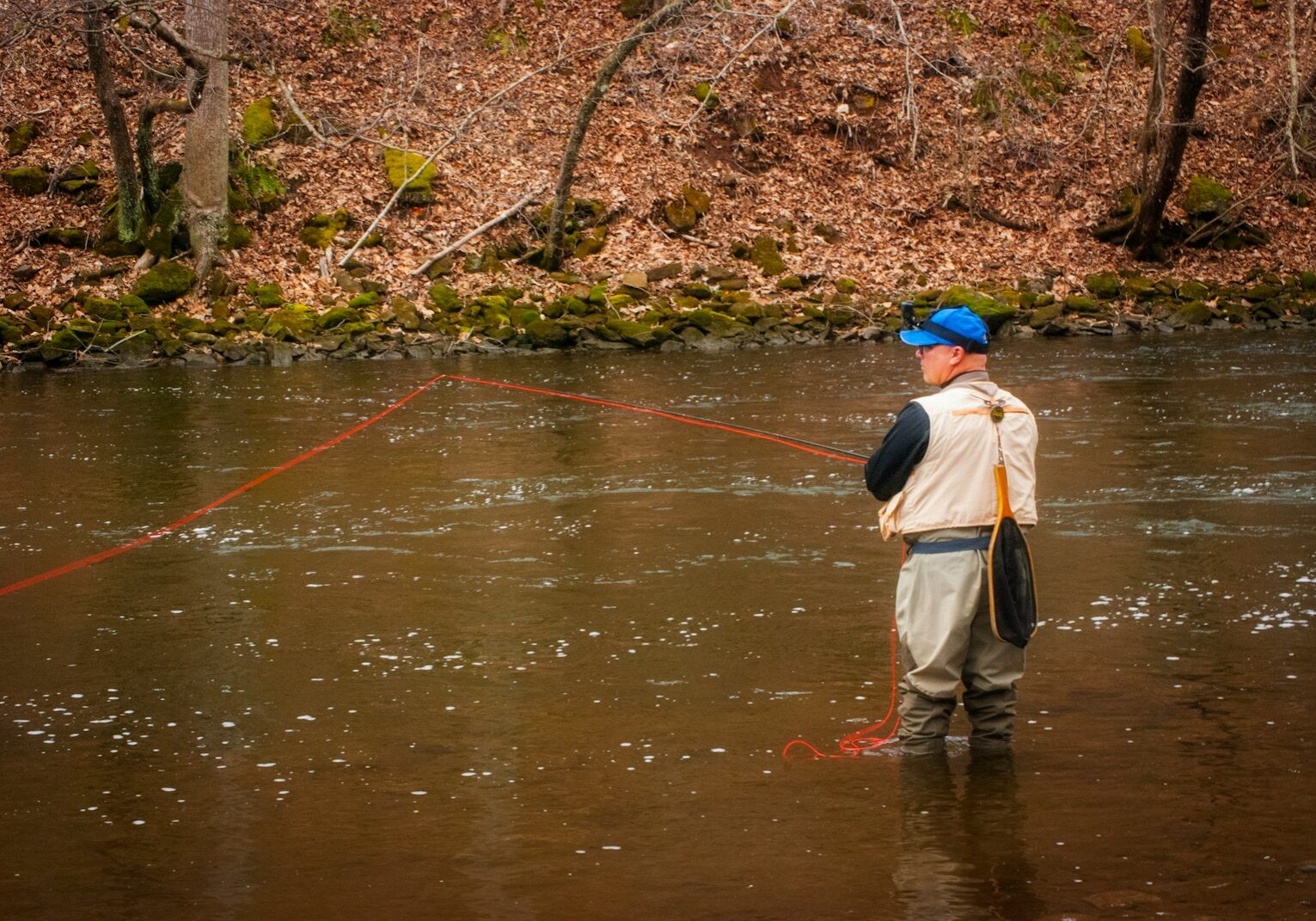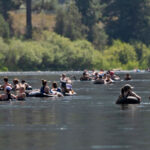Hoot-Owl Fishing Restrictions Take Effect Friday on Four Southwest Montana Rivers
Daytime fishing closures protect catch-and-release trout when water temperatures reach dangerous levels
By Staff Writer
Jul 10, 2025
HELENA, MT — Hoot-owl fishing restrictions take effect Friday at 2 p.m. on four southwest Montana rivers as rising water temperatures threaten fish survival.
The restrictions, which prohibit all fishing from 2 p.m. to midnight daily, will remain in effect until conditions improve on:
- Silver Bow Creek in its entirety
- Upper Bitterroot River from the confluence of the East and West Forks to Veterans Bridge at Hamilton
- Upper Clark Fork River from the Clark Fork’s origin at the confluence of Warm Springs Creek and Silver Bow Creek to the mouth of the Blackfoot River
- Upper Rock Creek from the confluence of the West and Middle Forks to the mouth of Stoney Creek
Montana Fish, Wildlife & Parks implements these restrictions when water temperatures reach 73 degrees for three consecutive days. At 77 degrees or higher, water becomes lethal to trout.
“These restrictions are designed to protect fish that become more susceptible to disease and mortality when water temperatures warm,” according to FWP’s announcement. “Restricting angling to only cool morning hours can help reduce catch-and-release mortality.”
Why All Fishing Is Restricted
The hoot-owl restrictions apply to all fishing — both catch-and-release and harvest fishing — during the afternoon and evening hours when water temperatures peak.
Warm water holds less dissolved oxygen, forcing fish to work harder to breathe while their metabolism speeds up. This combination leaves fish lethargic and vulnerable to disease, even without the additional stress of being caught.
Fighting on a fishing line compounds these problems for any fish that might be released – whether by choice or accident. Even anglers intending to harvest fish often release undersized catches, wrong species, or more fish than they can use.
The restrictions also provide practical enforcement benefits. Game wardens cannot determine an angler’s intent before they catch a fish, making a blanket closure clearer and easier to enforce.
Conservation Science Behind the Policy
FWP’s drought policy triggers angling restrictions when flows drop below critical levels, water quality diminishes, or temperatures climb too high for fish survival.
The agency monitors both stream temperatures and flows across Montana’s waters. In some streams, FWP holds instream flow water rights and can issue calls on junior water users to maintain adequate flows through late summer and early fall.
“Catch-and-release anglers can reduce stress on fish by getting them to the net or in hand quickly, keeping them in the water and reviving them prior to releasing them back into the river,” FWP advised.
Alternative Fishing Options
As summer temperatures climb, Montana offers many fishing alternatives with better conditions for fish survival.
FWP recommends larger lakes or reservoirs, which maintain more stable temperatures, or higher elevation lakes and streams where cooler conditions persist longer into summer.
The agency maintains an updated list of current closures and restrictions on its website for anglers planning fishing trips.
The morning fishing window — from midnight to 2 p.m. — takes its name from the hoot owl’s dawn activity, when cooler temperatures provide safer conditions for fish survival.
Categories: Environment, Government
Don’t miss the week’s top Montana stories
Join readers across Montana who rely on WMN for independent reporting.
Unsubscribe anytime. Want to support WMN? Upgrade for $4/month →





